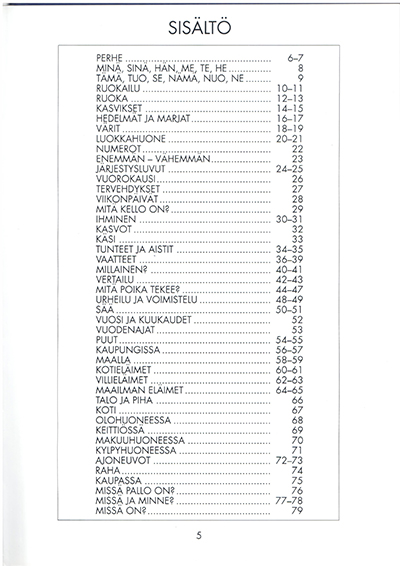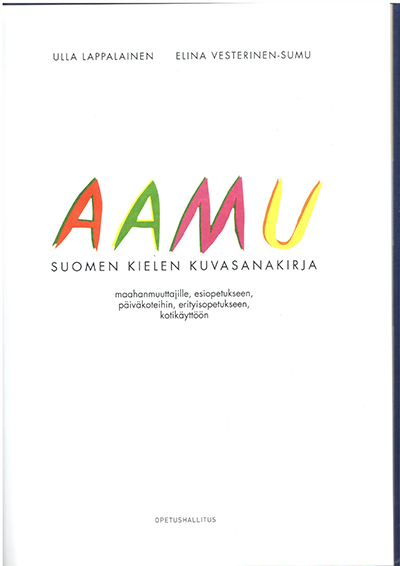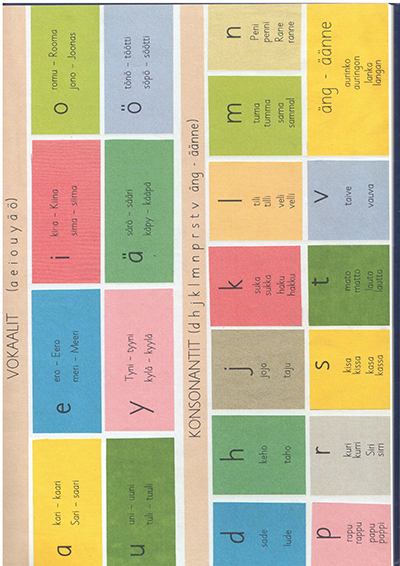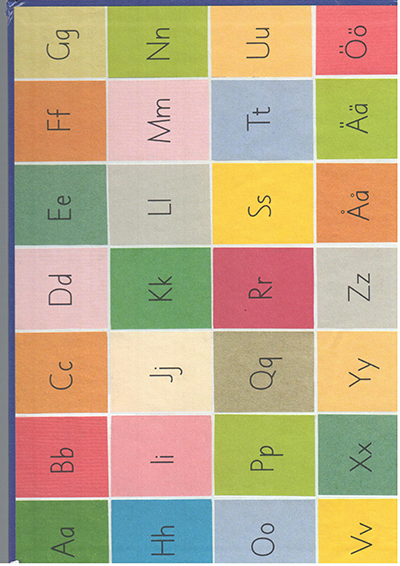| Sorted by date | |||
Acknowledgementsfrom Building IdeasAcknowledgements
This book grew out of a seminar course I was lucky enough to reach at Drexel University, Philadelphia, in the summer of 1996. I must initially thank Paul Hirshorn for the opportunity to try out some of this material, as well as a lively group of students for their input and interest in the course. The research for the book began at the University of Pennsylvania, under the somewhat formidable guidance of Joseph Rykwert, Marco Frascari and David Leatherbarrow who together managed to open up a rich historical background to many of the debates in contemporary architecture. I am also indebted to the Thouron family for their generous financial support, which allowed me the opportunity to undertake postgraduate study. I must also thank my undergraduate teachers for their inspiration and encouragement, particularly Patrick Hodgkinson, Michael Brawne and Peter Smithson, without whom even thinking about architecture might never have occurred to me. Ted Cullinan deserves a special mention for providing me with the experience of enjoying the way buildings are put together, as well as the opportunity to combine practice with teaching in a stimulating and supportive environment. I would also like to record a vote of thanks to all those have influenced my thinking in various ways over the years, as well as those who have made a specific contribution to the making of this book, including Tim Anstey, Stephanie Baker, Mark Beedle, Tom Coward, David Dermie, Mary Ann Duffy, Terrance Galvin, Bill Hutson, Neil Leach, Christine Macy, Donald Wilson and, in particular, all my colleagues at the University of Nottingham. I am indebted to Maggie Toy and everyone at Wiley’s for their confidence in the idea behind this book. Lastly, I must thank my parents and also my wife, Jocelyn Dodd, for being there and for still being there.
|
|||
|
|
|||
Messagefrom General CriticsThe last "conclusioin" part decribes "Critical Hermeneutics".
in this section, there will be more information about this approach and how it works.
|
|||
|
|||
|
|
|||
Messagefrom General CriticsDescriptions on models of interpretation:
there are 3 models: Phenomenology Structuralism and Semiotics The Marxist Tradition
|
|||
|
|||
|
|
|||
Messagefrom General CriticsContent decribes Engineering part of ARchitecture as "the technological revolution",
Art part of Architecture as "Aesthetics in Philosophy"
|
|||
|
|||
|
|
|||
Messagefrom General CriticsThe meaning in Architecture is composed by 2 part, as Engineering and as Aesthetics
Maybe there will be certain ways and approaches to address the meaning in architecture.
|
|||
|
|||
|
|
 ... ...
... ... ... ...
... ... ... ...
... ... ... ...
... ... ... ...
... ... ... ...
... ... ... ...
... ... ... ...
... ... ... ...
... ... ... ...
... ... ... ...
... ... ... ...
... ... ... ...
... ... ... ...
... ... ... ...
... ...